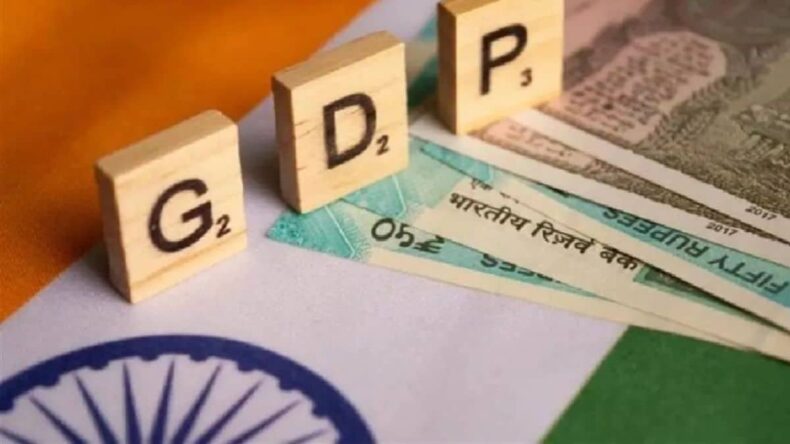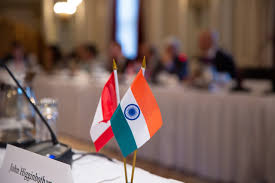World Bank’s G20 policy paper states that without Digital Payment Infrastructure (DPI) like Jan Dhan Bank accounts, Aadhaar, and Mobile phones (the JAM trinity), India may have needed 47 years to reach the economic inclusion rate of 80% that it accomplished in just six years. The record has now been obtained by News18.
The entire amount of UPI transactions during the most recent fiscal year was approximately 50% of India’s nominal GDP, according to a World Bank report. “With the usage of DPI, banks’ onboarding expenses for consumers in India dropped from $23 to $0.1. Direct Benefit Transfer (DBT) enabled India to save a total of $33 billion as of March 2022, or around 1.14% of GDP, according to the report.

Table of Contents
World Bank G20 Paper: How India Achieved The Financial Triumph
According to the paper, the World Bank, which is a partner in the execution of the GPFI, created it under the direction of the G20 India Presidency, which was backed by the finance ministry and the Reserve Bank of India (RBI), and with suggestions from them. India is going to demonstrate its triumphs on the e-payments and financial inclusion front during the G20 Summit in New Delhi this weekend.
The India Stack, which combines digital ID, interoperable payments, a digital credentials ledger, and account aggregation, according to the World Bank publication, is an example of the DPI method. “With no DPI strategy, it (the India stack) would have taken close to five decades to attain a phenomenal 80% financial inclusion rate. According to the paper, the adoption of DPIs like Aadhaar, coupled with Jan Dhan bank accounts and mobile phones, is thought to have been a key factor in the increase in adults possessing transaction accounts from around one-fourth in 2008 to over eighty per cent now.
Since the program’s inception, the number of Pradhan Mantri Jan Dhan Yojana (PMJDY) accounts established has quadrupled, from 147.2 million in March 2015 to 462 million by June 2022. Women control 56% of these accounts, or over 260 million, since the program’s inception. While the importance of DPIs in this “leapfrogging is undeniable,” other ecosystem factors and regulations that built on their accessibility were crucial. “These comprised measures to establish a more conducive legal and regulatory structure, national policies that broadened account ownership, and harnessing Aadhaar for identity verification,” the study said, referring to the actions done by the Narendra Modi-led administration.
Highlights
It highlights how Fast Payment System (FPS) implementation, such as that of UPI, has been especially “rapid and revolutionary” in India. “Open banking features, a user-friendly interface, and private sector engagement have all contributed to the widespread adoption of UPI. The UPI network has grown significantly in prominence in India; in May 2024 alone, more than 9.41 billion transactions for a total of Rs 14.89 trillion were made. According to a World Bank assessment, the overall value of UPI transactions for the fiscal year 2022–2024 was close to 50% of India’s nominal GDP.
Findings
According to the findings, DPIs can improve productivity for businesses by lowering the degree of complexity, cost, and amount of time spent on business operations. For example, for some non-bank financial institutions (NBFCs) in India, the Account Aggregator ecosystem allowed for an 8% increase in SME lending conversion rates, a 65% reduction in depreciation costs, and a 66% decrease in costs associated with fraud detection.
“Referring to estimates from the industry, the usage of DPI reduced the banks’ expenses associated with onboarding consumers in India from $23 to $0.1. The World Bank research says that the India Stack has reduced costs by digitising and streamlining KYC processes. Banks that employ e-KYC saw a $0.12 reduction in compliance expenses after using the technology.
The study describes how India used DPI to create one of the biggest digital government-to-people infrastructures in the previous ten years. “This strategy has facilitated transfers of $361 billion from 53 federal ministries to recipients directly through 312 important initiatives. This led to overall savings of $33 billion as of March 2022, or around 1.14% of GDP, the paper continues.













